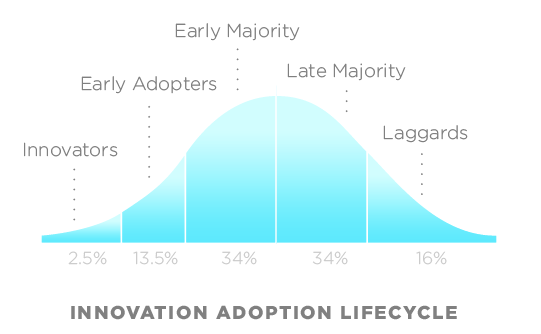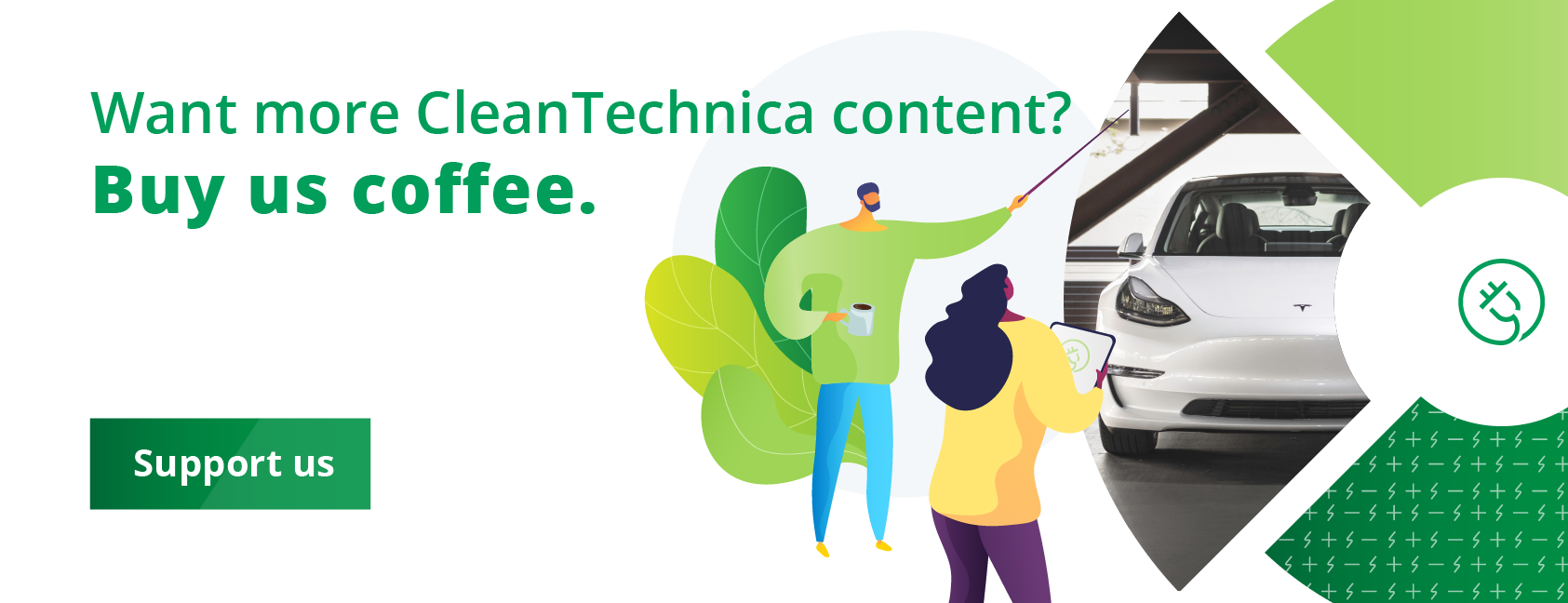
In a recent interview with The Kilowatts, Ford CEO Jim Farley explained Ford’s approach to future EV customers, especially those who aren’t early adopters. In the video, we can see that Jim not only gets it, but understands the evolution of the EV market that’s unfolding.
You can see some important snippets of the interview in the embedded tweet below, or you can watch the entire interview here on YouTube.
A little over a week ago @jimfarley98 was in the middle of a 1100 mi road trip through CA in an electric F-150 Lightning.
While at #MontereyCarWeek, I got a chance to ask him about the experience and his thoughts on EVs. #Ford #ElectrifyAmerica #Supercharging #CCS #NACS⚡️
Part 1: pic.twitter.com/dDyUXbt3ur— The Kilowatts 🚗⚡️ (@klwtts) August 22, 2023
The interview comes during an EV roadtrip that Farley took in California recently. Unlike many polished and controlled EV roadtrips executives go on, Farley’s trip was pretty raw. He wasn’t going everywhere in a suit with a big production crew and bodyguards in tow, and he was happy to meet with bloggers, influencers, and creators along the way.
Right away, Farley explains that he took the trip in a Lightning because he wanted first-hand experience as Ford breaks new ground. Ford just massively increased its capacity for Ford F-150 Lightning production, and the company knows that selling many more electric trucks at lower prices is going to take it into a completely different customer base. Instead of serving the needs of self-sufficient high-effort early adopters, Ford is not going to move into serving more normal car buyers.
One big thing he said is that he doesn’t want to use the term “range anxiety” going forward. Instead, he’s calling it “charging anxiety” now. EVs have plenty of range to serve the needs of everyday pickup truck owners, but the infrastructure needs to be a lot better when you start selling to people who aren’t early adopters or evangelists. Customers aren’t going to put in a lot of effort learning how to use apps and find the resources us early adopters did, and this leaves Ford and the industry at large with a “huge human problem to solve.”
One example he gave was an Electrify America charging station located near a Tesla charging station. At the Electrify America station, people were out talking to each other, helping each other deal with charging struggles, and spending a lot more time waiting for both a turn to charge and the charging session itself. Over at the Tesla station, people were just sitting in their cars because there was nothing much to talk about and not a lot of time spent waiting. To Farley, this seemed to be two different stages of EV adoption, with the early adopter struggle holding the industry back from what Tesla is experiencing now.

Graphic representation of the Rogers Innovation Adoption Lifecycle that Jim Farley was referring to during the interview. Image by Pnautilus, CC-BY-SA License.
Another interesting thing Farley revealed is that he, as CEO, does get driven around a lot. He’s very much down-to-earth on this trip, but he’s also the CEO of a major corporation. Instead of getting a ride in a luxury SUV like a Lincoln Navigator, he prefers most of his drives to happen in an F-150 Lightning, sometimes to the chagrin of his driver. He likes the room, the quiet and smooth drive, and the ease of bringing anyone along that he needs to bring along.
Finally, he shared his thoughts on Ford’s transition to NACS from CCS. It really came down to Ford’s own experience struggling with CCS connectors, which he calls “committee-designed”. Ford’s team figured out that the Tesla connector was just engineered better, which then led to discussions with Tesla, which were an on-and-off thing for years. There was also the idea of possible cross-pollination between Tesla customers and Ford customers that could lead to better sales and less friction when people switch EV brands, one way or the other.
He also mentioned that this might not have been possible without Ford’s separated EV business (Ford Model E). By allowing more independent, non-traditional thinking in the EV part of the business, the idea of never working with the competition was able to go out the window. Instead of seeing Tesla as an enemy, he sees the industry working more toward being “frenemies.” Competition is still going to be lively, but at the same time, it can’t get in the way of fundamental cooperation that needs to happen to keep the industry from competing itself right into the ground.

Some Important Takeaways From This Interview
I think the most important thing I saw was that Jim Farley gets it. He gets it in ways that I didn’t get it until very recently. As someone whose first EV was a 2011 Nissan LEAF, I’m very much an early adopter. I’m the kind of person who would do something stupid like take an EV on a 1,200 mile trip with almost no charging infrastructure. What I saw as an accomplishment and an adventure, most people would be frightened to death over.
Given my past struggles with low-range and then overheating Nissan EVs (a problem the company seems to have gotten over), my Chevy Bolt EUV is a dream. It charges at only 55 kW maximum, but it does this pretty consistently while the LEAF would go as low as 12 kW when it overheated. But, when I describe travel plans in the Bolt to family, they’re kind of in shock that I can’t just drive from New Mexico to Austin easily in a day. So, the Bolt is something they just wouldn’t put up with except maybe for local and regional driving.
Ford understood that getting the average person to buy an EV requires a much better experience. The speed needs to be there, and the range needs to be there. But, early majority and later majority buyers are just not going to put up with much in the way of problems with chargers. I’ve put up with a lot to get an EV down the road, but somebody like my mom won’t even consider it until it’s both rock solid and doesn’t take more than 15-20 minutes.
This thinking, and the awareness of changing market conditions as adoption happens more widely, has to extend to a lot more at Ford. That Ford is thinking of all this during the development of its next electric truck, Project T3, shows that they’re going to be on the right track.
Featured image provided by Ford.
I don’t like paywalls. You don’t like paywalls. Who likes paywalls? Here at CleanTechnica, we implemented a limited paywall for a while, but it always felt wrong — and it was always tough to decide what we should put behind there. In theory, your most exclusive and best content goes behind a paywall. But then fewer people read it! We just don’t like paywalls, and so we’ve decided to ditch ours. Unfortunately, the media business is still a tough, cut-throat business with tiny margins. It’s a never-ending Olympic challenge to stay above water or even perhaps — gasp — grow. So …




